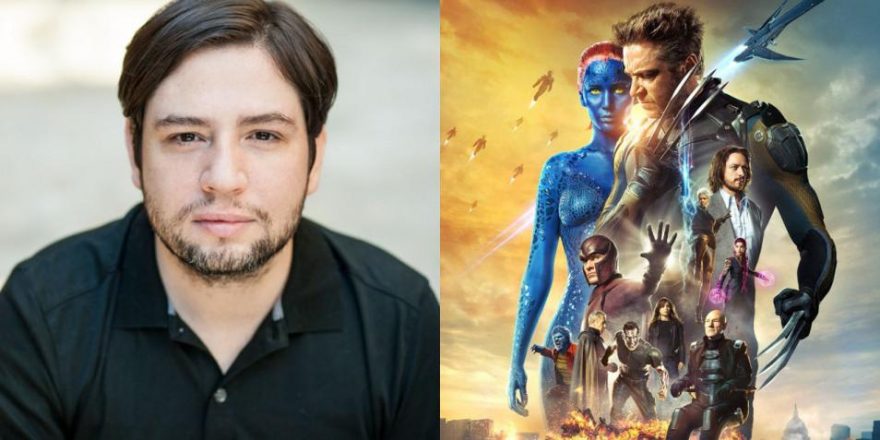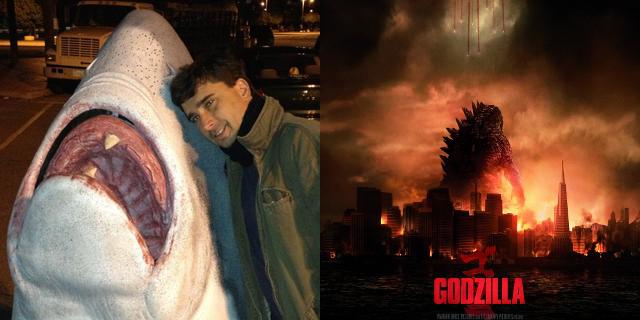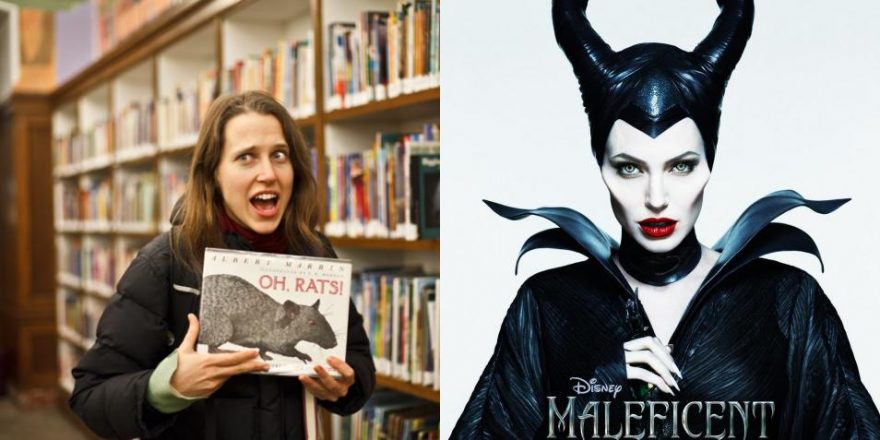X-Men: Days of Future Past has been out for less than three weeks and has already made more than $600 million worldwide, so who really cares what I think about it? I’m not even sure that I do. Does it matter, at this point? We get one weekend to pay attention to each piece of summer entertainment and then we have to move on as fast as possible, un-medicated ADHD-style. Before we can even fully appreciate Hugh’s naked ass, we must rapidly consume Angie’s cheekbones, Shailene’s cancer, and Jenny’s abortion (the coolest option). I personally am already worrying whether my sky-high expectations for 22 Jump Street will be dampened by Suck-My-Dick-Faggot-Gate.
I’ve had to focus on X-Men: Days of Future Past for a lot longer than I expected to. And I revisited the film this past weekend to sort out my feelings, because the X-Men hold an enormously important place in my heart.
When I toured the country with my film Gayby while on the festival circuit, I was almost always asked during Q&As why I chose to make the lead character a comic-book artist and retailer. I’d reply that as a little boy growing up in the Bronx, the first piece of art that I ever encountered that said being different is OK was an issue of X-Men. I wasn’t really getting that message from anywhere else at the time. And it was fairly easy for even 12-year-old me to understand that the persecuted, hated and feared mutants could easily stand in for people who experience religious discrimination, racism and homophobia. But there was always a little more to the story I left out.
My father died of a heart attack in our apartment in the Bronx four days after my twelfth birthday. I was out playing with my friend and I came home to that new reality. In the haze of the days and weeks after, family and friends gave me things to take my mind off my grief. It was during this time I received my first batch of comic books. I inherited a mini collection. The first one I read was an issue of X-Men that featured Kitty Pryde. Kitty, to sum it up for as many age groups as possible, was Katnis, young Ellen Ripley, Nancy Drew, Buffy, and Arya Stark, all rolled into one. Kitty, in short, was everything. She was clearly the point-of-view character for younger readers: a 13-and-a-half year old becoming a mutant as she went through puberty. She could walk through walls at a time when I myself desperately wanted to disappear behind them.
I became obsessed with the X-Men, going to the comic store every week, buying each new issue and saving up to buy the older, more expensive back issues. I eventually acquired the classic two-part story Days of Future Past, which was published in 1981. That original story on which this film is based – co-plotted by artist John Byrne and the comic’s best known (and, for me, best loved) writer, Chris Claremont – is a tight and terrifying epic told in 42 short pages, not including the second issue’s recap page or the two iconic covers. I reread that story for this piece and I have to say it holds up astoundingly well. It actually makes the film look a little less interesting.
In the comic, the adult Kitty – now known as Kate Pryde – comes to 1980 from the far-off year 2013 to stop an assassination that leads to a bleak, dystopian future. Kate, the clear protagonist of this version of the story, arrives in the past just after Storm has been made the leader of the X-Men. The central villain is Mystique, who leads the Brotherhood of Mutants, the most frequent team of super-villain adversaries the X-Men encounter.
I can’t point out enough that in a book released in 1981, the leader of the best-selling, most beloved superhero team at the time was a black woman, the leader of the villain team was a bisexual woman (who happened to be blue) in a long-term lesbian relationship, and the protagonist of the story was the older version of a 13-year-old Jewish girl.
When looked at in terms of how progressive the story was in its depiction of women, the original is far superior to this retelling. Bryan Singer’s film is something of a sausage fest. There is one female lead character and five male leads in the ’70s portion of the film where we spend the bulk of our time. It’s kind of a bummer that there isn’t more of a balance, but especially so when you know the X-Men has the most vibrant and deep bench of female lead characters in all of comics. Claremont is legendary for being the first writer in comics to write the female characters as strong and interesting as the men, often surpassing the male characters in depth. Hollywood hasn’t quite caught up to him yet.
In the film, it’s Wolverine’s consciousness that travels through time. The filmmakers make up some mumbo-jumbo reason for him to be the one sent back, but really it’s because Hugh Jackman is the franchise’s biggest star. Jennifer Lawrence is nipping at his heels but Jackman has been doing this a long time and is an old pro, and it shows. He’s also just wonderful about doing promotion for these films. For example, Jackman let it be known in interviews that the bare ass which appears in the film is not, in fact, a stunt ass. It’s pure Jackman. It’s a legendary ass. It’s high. It’s full. It’s hard as a rock yet looks like it would be tender if you caressed it just right. It’s basically a work of art. And it informs how I feel about Jackman: He works incredibly hard to make it all appear effortless.
Jackman has all the elements of a golden age movie star. I can’t imagine another current leading male actor who could pull off Prisoners, the X-films, and singing and dancing while hosting the Oscars. (It should be noted that he didn’t even totally embarrass himself rapping “The Music Man” with LL Cool J and T.I. this past Sunday while hosting the Tonys.) He has an infectious enthusiasm for everything he does that can’t be denied. In this role alone, he serves up action star, sly bits of comedian, and romantic leading man. Though the film’s heart wants to be with the younger X-Men: First Class characters, Jackman is the one that makes this franchise beat.
That is not to say anything bad about the other actors. This is a fantastic cast that brings together Oscar winners and nominees, huge franchise stars, television stars, stage stars, international stars, and the dude who plays Colossus who doesn’t ever get to speak but looks amazing in metal.
Of the seven Oscar-nominated actors in the film, the three Oscar winners are all women – which seems appropriate for the X-Men. That said, the only fully developed female character is Mystique, and Jennifer Lawrence does her “wounded, hurt, confused, and tormented, but with inner strength” thing that she does amazingly well. I have been on board for all her performances since she squirrel-skinned her way into our hearts in Winter’s Bone.
Halle Berry doesn’t get much to do because she was pregnant during filming, and Anna Paquin appears only for a few seconds. (Paquin had a larger part that they had to cut but still receives prominent billing because all that gets worked out before production starts.) It’s always lovely to see the excellent Ellen Page. There is something deeply satisfying about having a huge summer blockbuster directed by an out gay man and featuring an out lesbian and an out gay man in pivotal roles. Especially when you are aware of what the X-Men mean to gay readers.
The leading male characters fare better. James McAvoy gets a chance to have a real arc in this film and he is very good. Michael Fassbender matches and complements him so perfectly. It should be noted how great the casting is of the young and old versions of their characters, since both sets of actors have such excellent chemistry. Though I suspect Fassbender could have chemistry with a plastic fork. The man reeks of charisma and sexuality on an almost Brando-like level. There are times when McAvoy and Fassbender are talking in their deep-voiced, hushed-toned, UK-flavored seriousness that it doesn’t matter what they are saying because they are so committed and wonderful. I wish there was more of Nicholas Hoult. I loved him in the prior film and he should be the one fighting for his real-life lady, J-Law. Also he was fantastic in Warm Bodies. (Shout out to Warm Bodies, which is delightful and should be seen by all.) Full disclosure: I know and have worked with Peter Dinklage, who wonderfully underplays the villainous Dr. Bolivar Trask, and all I can say is every time I see him act I beam with joy. I think most people feel that way.
Bryan Singer is made for the X-films in a way none of the other directors can touch. He excels at bringing characters to life via fantastic displays of their powers. Fandom was a little bitchy about the first released image of Quicksilver so, of course, that character stars in the absolute best sequence of the film. It’s my favorite moment since Nightcrawler opened X-2 by kicking serious ass while teleporting around the White House. These are the kind of visual set pieces I go to these movies to see and they are delivered with precision. Singer helped to invent the tone of the modern superhero film and he continues to nail it. His X-films exist in the space between the fairly comedic swashbuckling world of the Disney Marvel films and the ultra-serious tone of the recent DC Warner Bros. films.
One thing about the film did drive me crazy both times I saw it. The “Story by” credit in this film is absurd. I won’t list who it claims came up with the story, but they did not. They adapted an existing story and I commend them on a job well done, but the lack of a “based on the story by” credit for Byrne and Claremont is deeply upsetting.
Byrne writes often about how this particular story and the creation of Kitty were mostly his doing. I, like a lot of fans, tend to give most of the credit for the X-Men to Claremont because he wrote the book for almost 17 years with various artists. But anyone would be remiss to not credit Byrne as well. I will freely admit Claremont means more to me because he informed my writing probably as much as anyone. I spent all of my formative years reading his work. His writing was dense and intelligent, sometimes repetitive and verbose but never dumbed down. He’d open stories with quotes from poetry and literature. Though he did not create the bulk of the X-Men, he is the person responsible for first giving them their best-known voices and making them fully fleshed-out people.
For there to not be an upfront credit for Claremont and Byrne is a crime. If nothing else, there should be a card at the end that says “Based on characters created by” and a full list of every writer and artist who was responsible for the characters used. Sure, Marvel owns the characters and these writers and artists all technically were doing work for hire, but it just isn’t cool.






